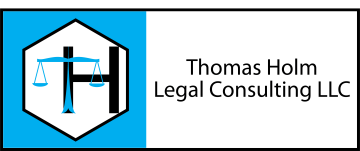Tom offers undergraduate academic success and pre law legal writing courses that teach students the organizational, analytic, and legal writing skills they need to succeed in law school. Tom is an expert in curricular development. Tom has taught legal writing and academic success skills for over two decades. He also is thoroughly versed in learning theory. He structures his courses to ensure that students learn and retain his lessons.
Law school pedagogy can often seem opaque. Professors teach via the Case Method but test using the Problem Method. Law school classes tend to focus on teaching students theory and rules; students learn these principles in isolation by working with individual cases. In contrast, law school exams require students to synthesize a whole body of law, and then make specific factual arguments in response to lengthy hypothetical problems. Students rarely get practice in class working through complex hypotheticals or synthesizing legal rules. Instead, students are left on their own to learn and develop these essential skills. Thus, even very bright and capable students flail in circumstances where they could have succeeded had they received better instruction.
Tom’s pre law courses teach students how to study and learn in law school. Tom’s courses teach such essential matters as reading cases, case briefing, developing arguments, outlining, and exam-taking skills. He also gives writing assignments so students can develop the analytic and writing skills necessary to draft legal memoranda and other documents that top tier lawyers are expected to produce.
Tom individually critiques all his students’ written work. His critiques focus on problem-solving, giving students self-editing tools to improve their future work. Rather than simply identifying a problem area in a student’s written analysis, Tom identifies why the student’s writing isn’t effective, and ties why it isn’t effective to a broader writing or analytical principle that students can then use when they approach their next assignment.
Tom has meaningfully critiqued over 5,000 pieces of student work using this method; he will provide similar care to your students.
